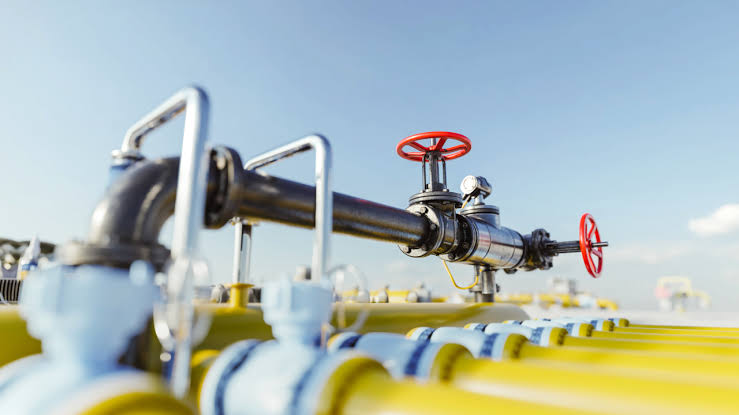KEY POINTS
- Austria shifts from eastern to western natural gas supplies.
- Market adjustments may cause temporary price increases in January.
- Slovakia diversifies routes to maintain stable gas consumption.
Austria’s energy regulator, E-Control, has assured citizens that the country will not face disruptions in natural gas supply despite Ukraine’s decision to end its gas transit deal with Russia’s Gazprom.
This signifies a major shift in energy supply chains, as Austria pivots from relying on eastern sources to sourcing gas from western alternatives.
Austria shifts from eastern to western gas supplies
The end of Ukraine’s contract with Gazprom, effective Tuesday, is part of broader changes in Europe’s energy landscape. Austria has been preparing for this transition by building reserves and securing alternative supply routes, according to Markus Krug, deputy head of E-Control’s gas department.
“It’s a big adjustment in the gas flow, from east to west,” Krug told Reuters. However, traders have been proactive, and the market has already priced in the changes.
While prices could rise temporarily in early January, Krug anticipates they will stabilize once the market adjusts to the new supply routes.
OMV diversifies supply to mitigate risks
Austria’s leading energy company, OMV, has also taken steps to ensure stability. After terminating its agreement with Gazprom earlier this month over contractual disputes, OMV confirmed it would not be directly affected by the cessation of Russian gas transiting through Ukraine.
“We have diversified our supplies to ensure customers are served,” OMV said in a statement.
Russian gas is still expected to flow through Turkey to Hungary, and Austria will remain connected through alternative routes. Krug highlighted the importance of closely monitoring Slovakia, which relies heavily on diversified transit options.
Slovakia manages supply through diversified routes
Slovakia, which shares transit routes with Ukraine, has been advocating for maintaining its gas flow amidst concerns over costs.
The Slovak government, however, is confident that its storage capacities and alternative transit routes will ensure stable gas consumption.
Krug estimated Slovakia’s supply would come from Hungary, Austria, the Czech Republic, and Poland, reducing reliance on eastern routes.



